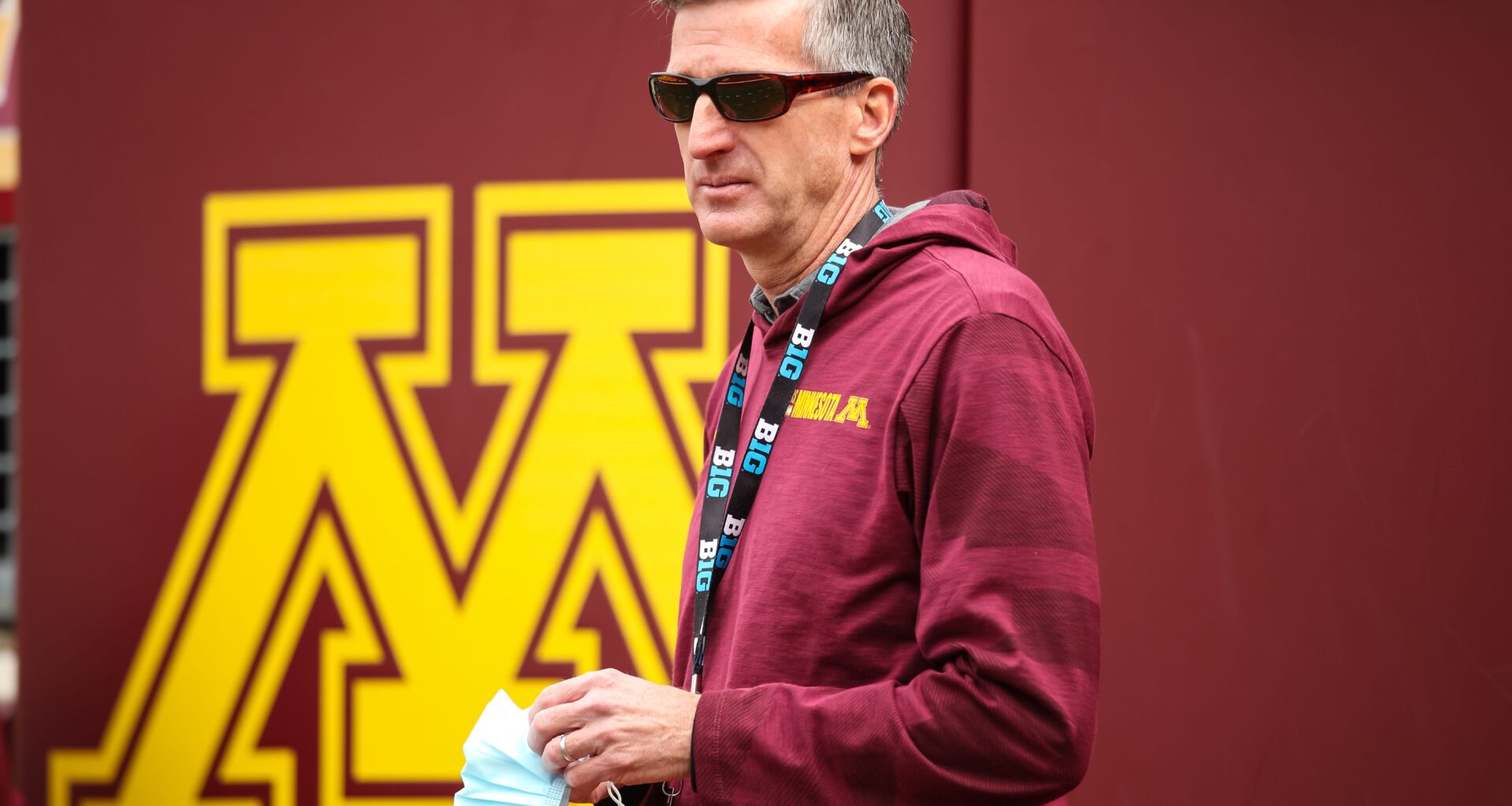Some college athletes are about to get paid for the first time in history, a massive and landscape-altering development that creates a more professional environment across college athletics. The NCAA’s House settlement era opened July 1, with athletic programs across the country free to start paying millions to their athletes in the biggest change in the history of college sports.
The University of Minnesota will be among the schools getting $20.5 million. That money will go to five programs, at least initially: football, men’s and women’s basketball, volleyball, and men’s hockey.
Minnesota’s Athletic Director Mark Coyle says it is all part of the changing tides of college sports. He also says the distribution of the money adds to the difficulty.
“It’s no doubt been a very difficult time, because you’ve had to make some really hard decisions,” Coyle explains. “And for the sports that we aren’t revenue sharing with, you know, we’ve made it very clear to those coaches, as we learn more information, if we find out that we’re an outlier in any of their programs, we can always make adjustments.”
Coyle says they are also going to be using money from the settlement to provide several scholarships.
Another challenge? How to balance an ever growing athletic budget. The expenses continue to grow despite millions of dollars flowing into Big Ten school coffers. The Big Ten Conference had just over $928 million in total revenue and distributed about $63.2 million to each of its 12 longest-standing schools during its 2024 fiscal year according to federal tax records. That is a 5.5% increase from 2023 and adding USC, UCLA, Washington and Oregon to the conference will only help with well over $1 billion in revenue expected for the Big Ten, one of the two powerhouses of college sports now, along with the SEC.
Coyle says despite that revenue, Minnesota needs to tighten its belt – in fact, the U faces a deficit.
“We’ve looked at our travel schedules for our teams to try to be more regional, so we’ve had to make cuts and do those type of things to help navigate this,” Coyle tells WCCO. “And so right now, we see the delta at about $8.7 million and we’ll work our way through that this year as we move forward. And to get a balanced budget as we finish next fiscal year.”
Twin Cities attorney Chris Pham says that even with all that money flowing in and out, schools will still be the ones who decide who gets what and the playing field? It’s not going to be level.
“So the $20.5 million annual cap per school is a soft cap, and the schools are the ones who decide how to allocate that revenue,” Pham explains.
Pham says most of the money is expected to go to the football programs both in Minnesota and around the country. However, there’s still the name-image-likeness deals, which some of the top college athletes have made millions of dollars on. Those aren’t going away.
“Right now, there are two different compensation buckets in which college athletes can be paid,” he said. “And so one, which is already mentioned, is direct payments from the schools which are salary-like. And then second, third-party NIL deals which come from endorsements, appearances, content creation, things like that.”
Minnesota native and former UConn basketball star Paige Bueckers, now a rookie in the WNBA with Dallas, made a reported $1.4 million in 2024 as a college athlete.
There are men’s athletes still in college making much, much more. Texas QB Arch Manning reportedly makes over $6 million in NIL deals, with three other college football athletes making over $4 million.
